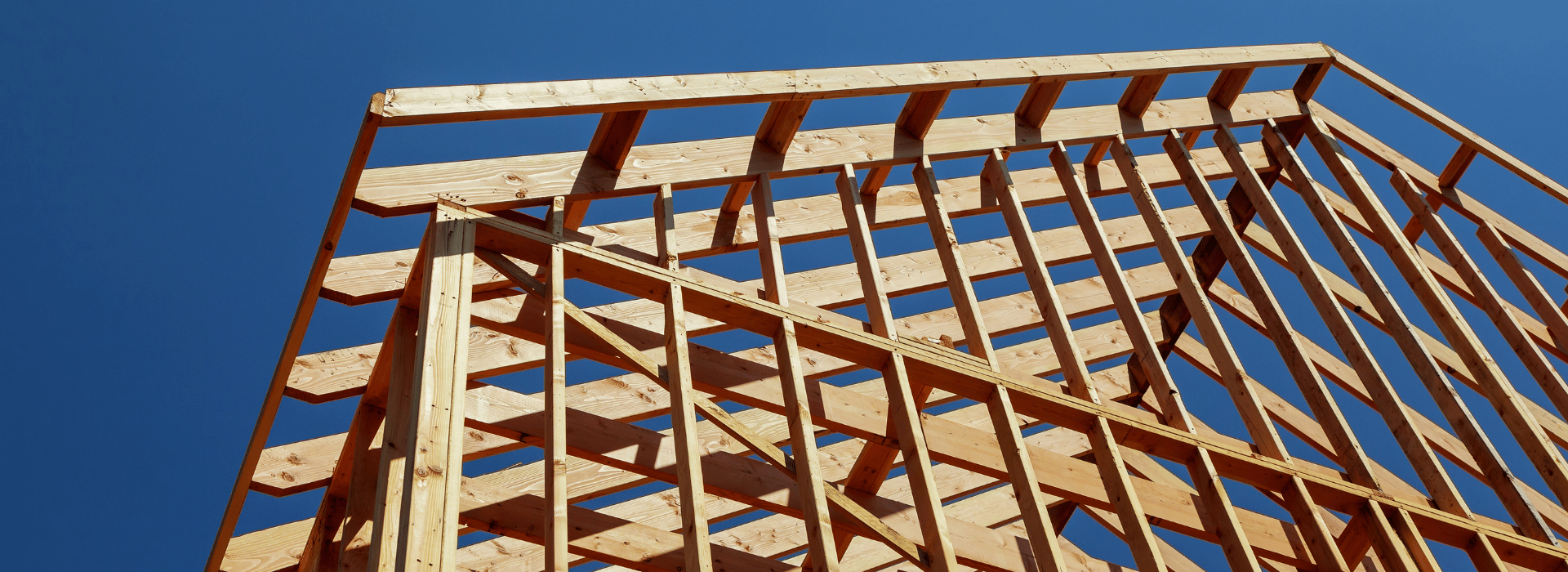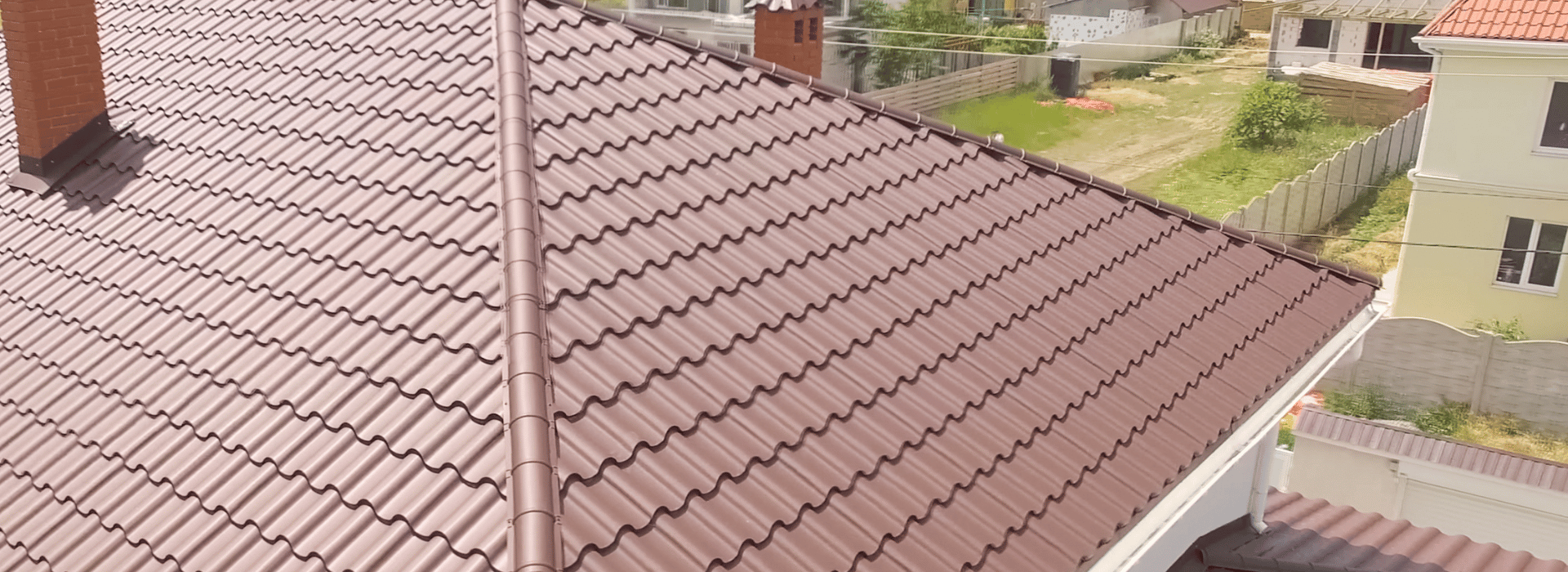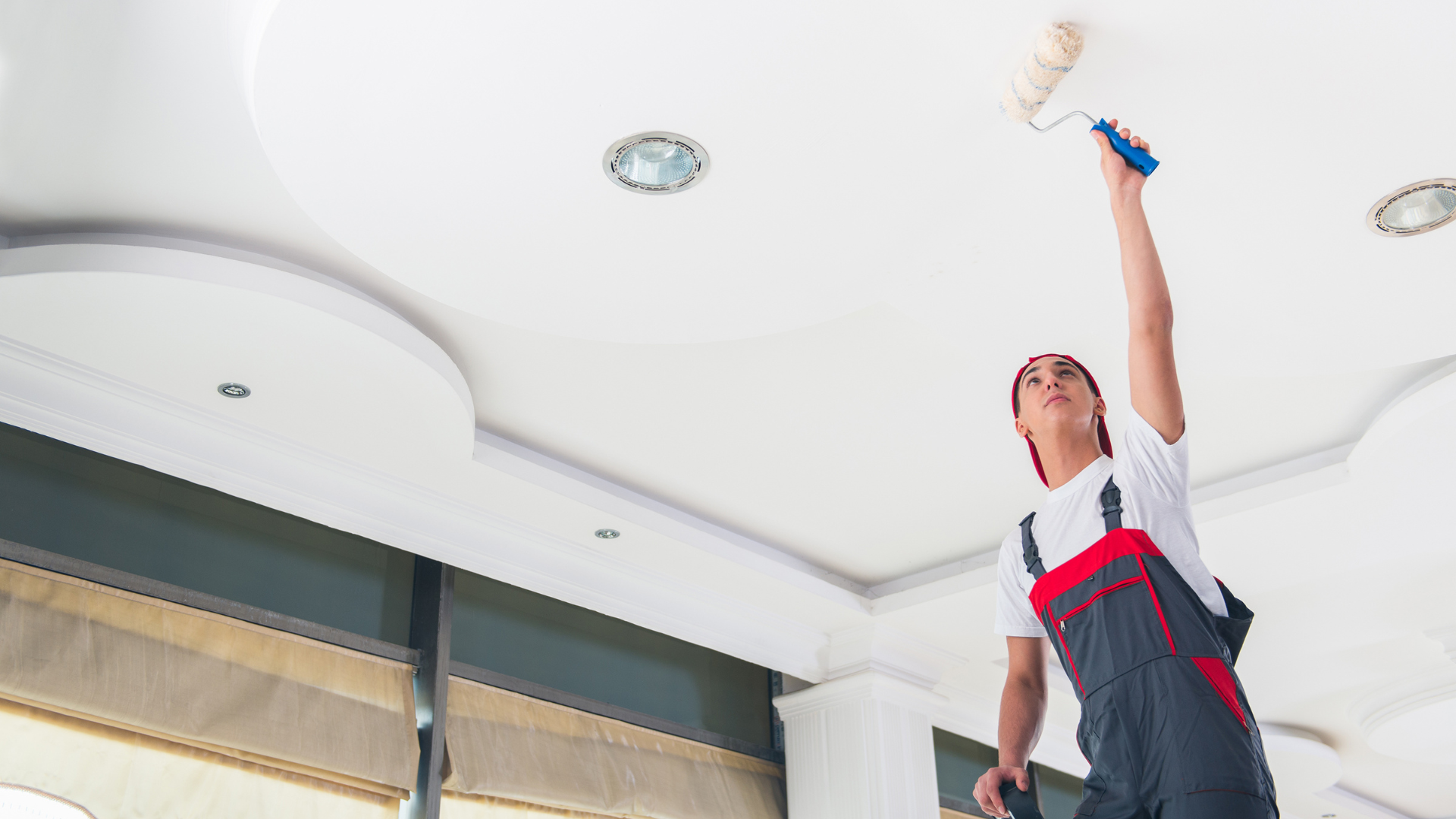Understanding the Gable Roof.

When we talk about classic roof designs that have stood the test of time, the gable roof immediately comes to mind, combining simplicity, functionality, and aesthetic appeal.
This architectural element has graced homes and buildings for centuries, offering both practicality and a timeless look.
History and Evolution of Gable Roofs
Early Origins
The history of gable roofs can be traced back to ancient Greece, where they were not just structural elements but also a canvas for artistic expression. These roofs have evolved from simple structures to more complex designs, reflecting the technological and cultural advancements of each era.
Cultural Significance
Across different cultures, the gable roof has symbolised shelter and home, adapting to various architectural styles and climates. From the thatched roofs of traditional English cottages to the ornate gables of Victorian-era homes, this roof style has been a cornerstone in global architecture.
Design Principles of Gable Roofs
Basic Structure
A gable roof is distinguished by its triangular shape, formed by two sloping sides meeting at a ridge.
This design not only adds aesthetic value but also provides stability and durability to the structure.
Key Components
The anatomy of a gable roof includes essential components like rafters, ridge boards, and eaves, each playing a crucial role in its overall functionality.
Understanding these elements is vital for anyone considering a gable roof for their building.
Material Choices for Gable Roofs
Traditional Materials
Historically, gable roofs have been constructed using materials like wood and clay tiles, chosen for their availability and durability. These materials have proven to stand the test of time, offering both beauty and resilience.
Modern Innovations
In modern times, the material palette for gable roofs has expanded to include metal, asphalt shingles, and even sustainable options like solar tiles. These innovations cater to a range of aesthetic preferences and functional requirements.

Construction Techniques
Step-by-Step Guide
Building a gable roof involves a series of steps, starting from framing the structure to adding the roofing material. This process requires precision and a good understanding of roofing principles.
DIY vs. Professional Installation
While some homeowners opt for DIY construction of gable roofs, professional installation ensures precision and adherence to safety standards.
It's crucial to weigh the benefits and risks of each approach before making a decision.
Advantages and Disadvantages
Benefits
Gable roofs offer numerous advantages, including effective water drainage and ample attic space.
Their simple design also makes them more cost-effective and easier to construct than more complex roof types.
Limitations
Despite their popularity, gable roofs have certain drawbacks, such as susceptibility to damage in high-wind areas.
Proper construction and maintenance can mitigate these issues, but they are important factors to consider.
Maintenance and Longevity
Regular Maintenance Tips
To ensure the longevity of a gable roof, regular maintenance is essential, including tasks like gutter cleaning and inspection for damages.
Preventative care is key to avoiding costly repairs down the line.
Addressing Common Problems
Common issues with gable roofs, such as leaks or shingle damage, require prompt attention to prevent more significant problems. Regular inspections can help identify and address these issues early on.
Innovative Uses and Future Trends
Modern Architectural Adaptations
In contemporary architecture, gable roofs are being reimagined in innovative ways, blending traditional forms with modern design elements. These adaptations show the versatility and enduring appeal of the gable roof.
Sustainability and Green Roofing
The future of gable roofing is moving towards sustainability, with a focus on energy-efficient materials and integration with renewable energy sources.
These trends are shaping the way we think about roofing in the context of environmental responsibility.
Roofing Reflections: Looking Ahead
The gable roof, with its rich history and evolving design, continues to be a testament to its enduring appeal and versatility in the world of architecture.
As we look ahead, the gable roof remains a prominent feature in both traditional and modern buildings, adapting to the changing needs and preferences of society.





